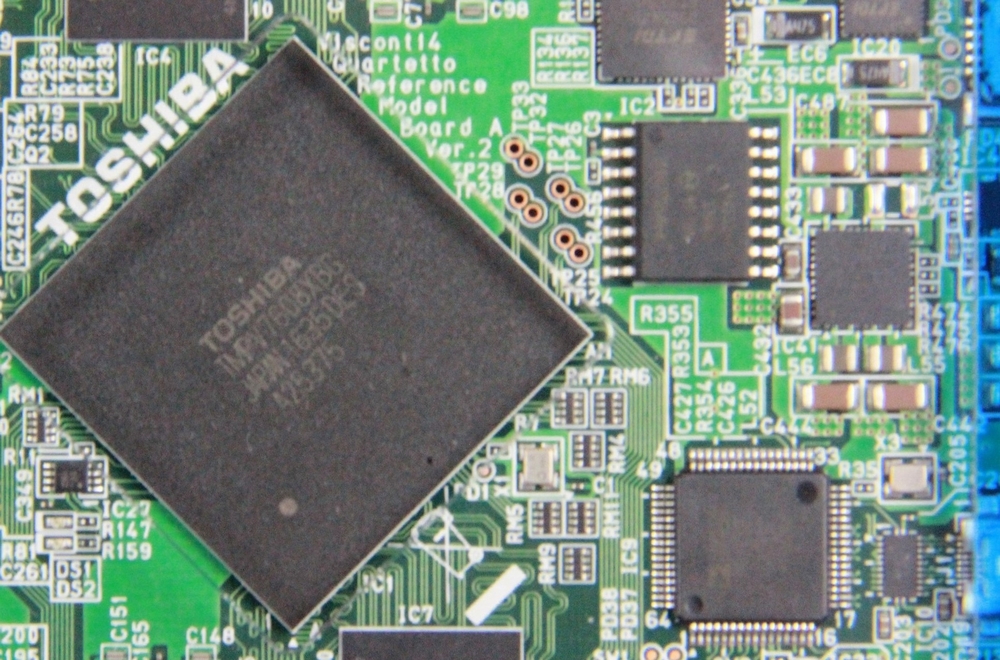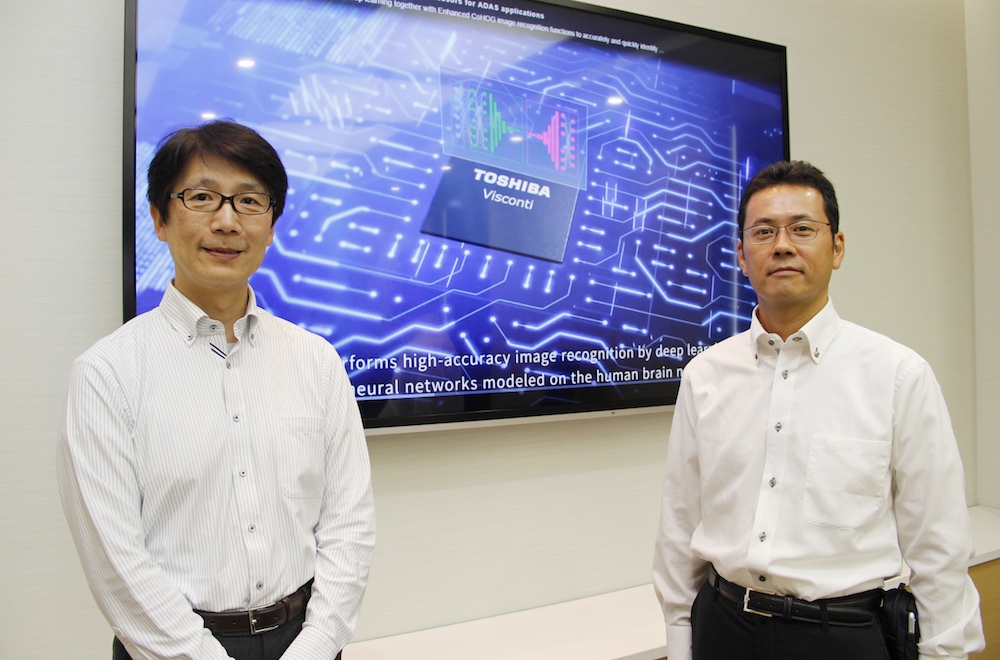AI Contributes to Cutting Car Accidents: Toshiba’s Image Recognition LSI
2018/11/14 Toshiba Clip Team
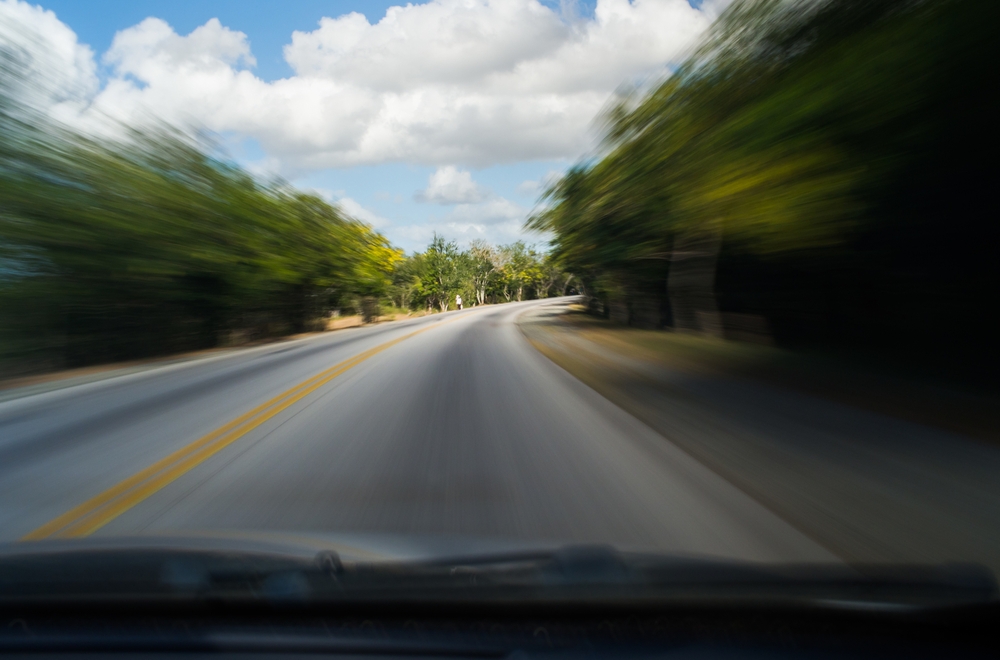
An image recognition LSI indispensable for cars that don’t crash
Figures from WHO* show that almost 1.25 million people die in car accidents every year. As more cars come onto the world’s roads, it’s a figure that’s likely to grow. But automobile manufacturers are responding, by building increasingly advanced capabilities into their. This includes collision avoidance technology that automatically stops cars to avoid accidents. One country leading the way is Japan, where new technologies are gradually being adopted in cars ranging from budget models to the most luxurious sedans.
*Source: WHO「Road traffic injuries Fact sheet Reviewed November 2016」
At the heart of these systems is image processing. Toshiba has a long history in image processing. On the road, it is used to recognize and process images from cameras, identify road conditions and make sure the vehicle avoids any obstacles. If it recognizes an obstacle and judges it to be dangerous, it quickly, and safely, applies the brakes. While that sounds easy enough, advanced capabilities are necessary to achieve instant, accurate processing in a moving vehicle. For instance, for an image of objects in front of a car, the processor has to be able distinguish what object is what, in order to recognize if there is a pedestrian in front of the car. And it all has to be done really, really quickly.
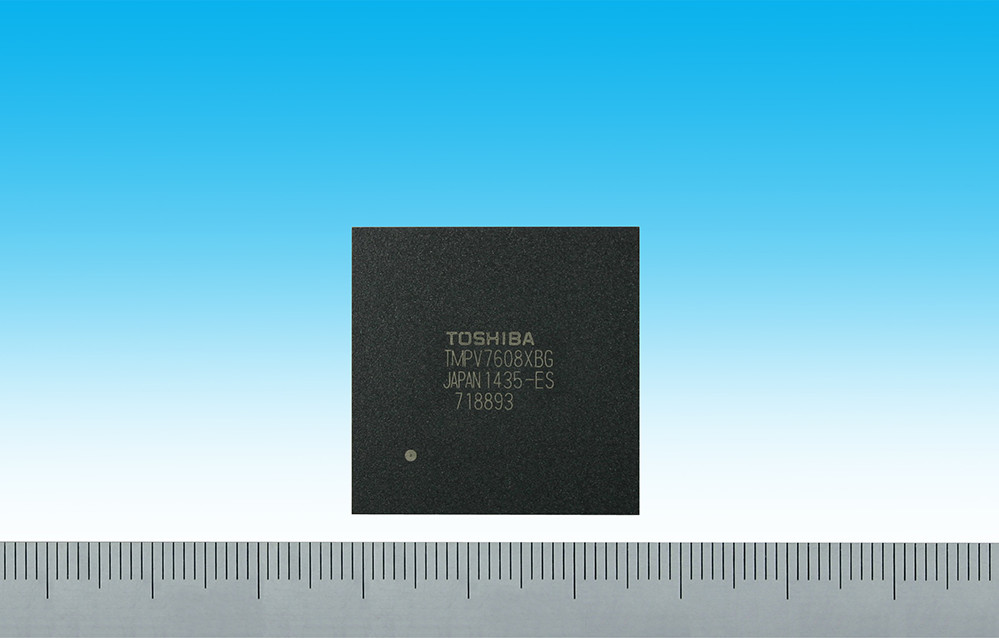
Toshiba’s Image Recognition LSI (TMPV76) (package size: 27 mm x 27 mm)
A small chip that instantly processes massive amounts of image information and recognizes objects
Toshiba’s image recognition LSI does all this without relying on the massive processing power of a dedicated onboard computer. Instead, it is a highly capable, self-contained solution, equipped with a “visual dictionary,” a rich storehouse of data that allows it to recognize that an object on the road is actually a pedestrian not a lamppost. This is done by comparing image data with characteristics stored in the dictionary.
Toshiba recognizes that broad recognition is not enough for ensuring road safety, where an error can literally be a matter of life or death, and has built high level precision into the processer. Colors and shades are a concern, and the processor (TMPV76) can recognize subtle differences in hue between pedestrians and the background, and can also detect pedestrians not only in daytime but in the dead of night.
Of course, pedestrian recognition is the must-have capability, but that is not all the image processor can or must do. It needs to recognize other vehicles, traffic signals, road and lane signs, and warn the driver of dangers such as collision. Thanks to Toshiba’s longstanding capabilities in image processing, all this can be achieved with only a small, dedicated LSI, and while the vehicle is traveling at speed.
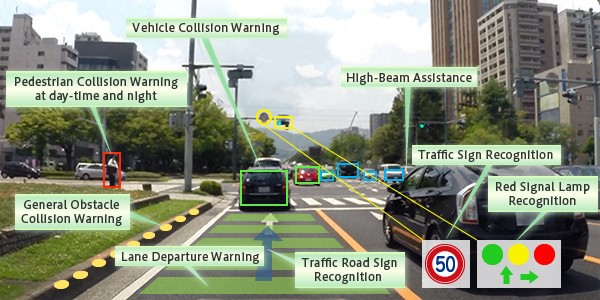
Up to eight elements in an image are processed simultaneously by LSI (TMPV76)
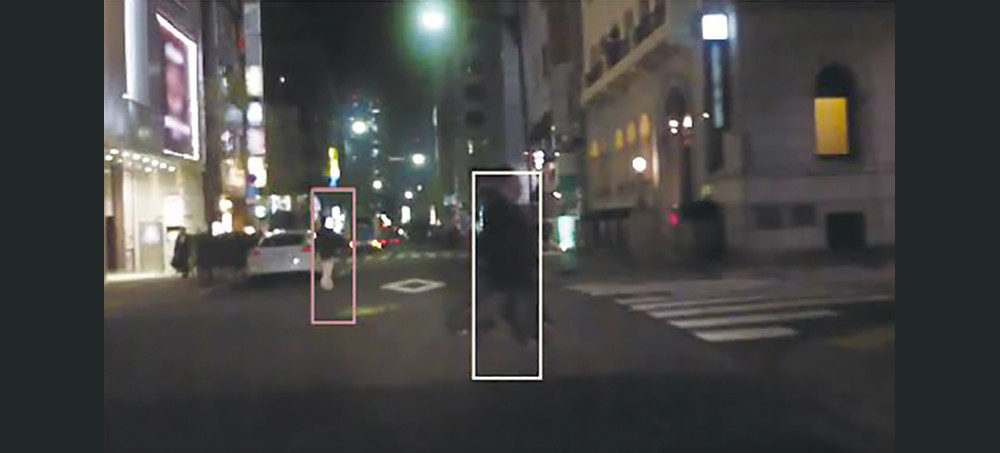
Pedestrians recognized at night by Toshiba’s image recognition LSI (TMPV76)
Deep neural network technology that models the human brain dramatically boosts recognition accuracy
Working with Denso Corporation, one of the world’s leading suppliers of automotive components, Toshiba has developed Deep Neural Network-Intellectual Property (DNN-IP), an artificial intelligence algorithm modeled after the neural networks of the human brain. It is expected to be the next generation image recognition system.
In image recognition based on conventional pattern recognition and machine learning, objects that need to be recognized by computers must be characterized and extracted in advance. In DNN-based image recognition, computers can extract and learn the characteristics of objects for themselves. With DNN, Toshiba and Denso expect to improve the accuracy of detection and identification of a wide range of objects.
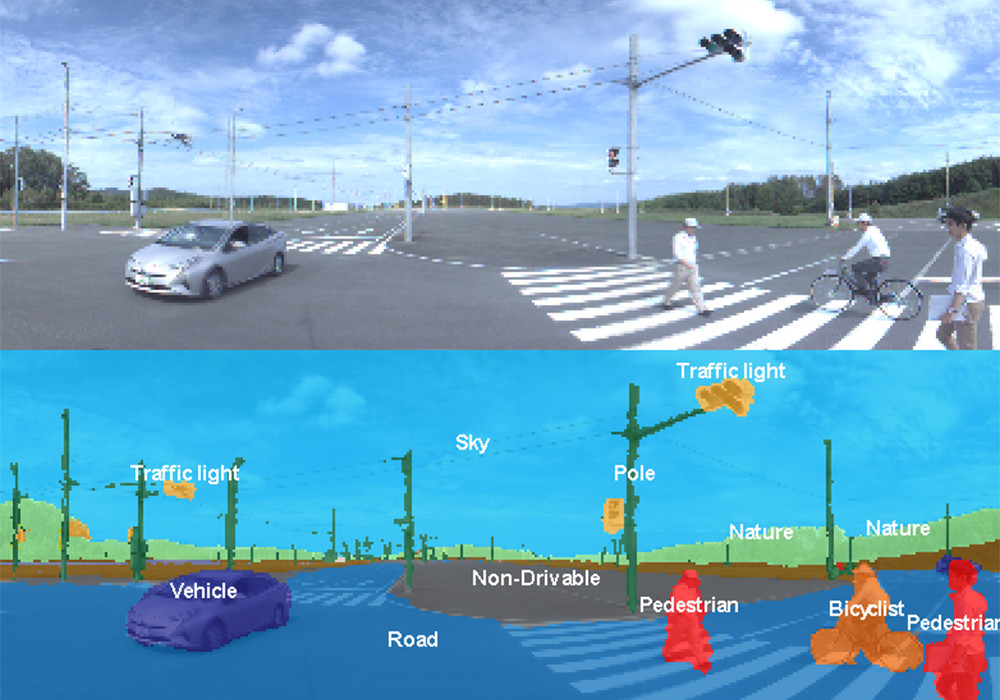
Concept of image recognition using DNN-IP (Top: Actual situation; Bottom: Objects Identified by DNN-IP)(TMPV76)
The importance of image recognition processor for future automated driving
Some manufacturers aim to achieve completely automated driving, with no need at all for a human driver, by 2020. It’s an achievement that will realize safer driving and contribute to cutting road accidents. It will see an end to the stresses loaded on drivers, especially the elderly.
Application of Toshiba’s image recognition processor is not limited to vehicles; it can be used to control lighting and air-conditioning in response to detected human movement; it can be installed in security cameras that monitor large numbers of people, or traffic systems that monitors both people and cars. The important roles that Toshiba’s image recognition processor has to play will only get broader.
![]()





